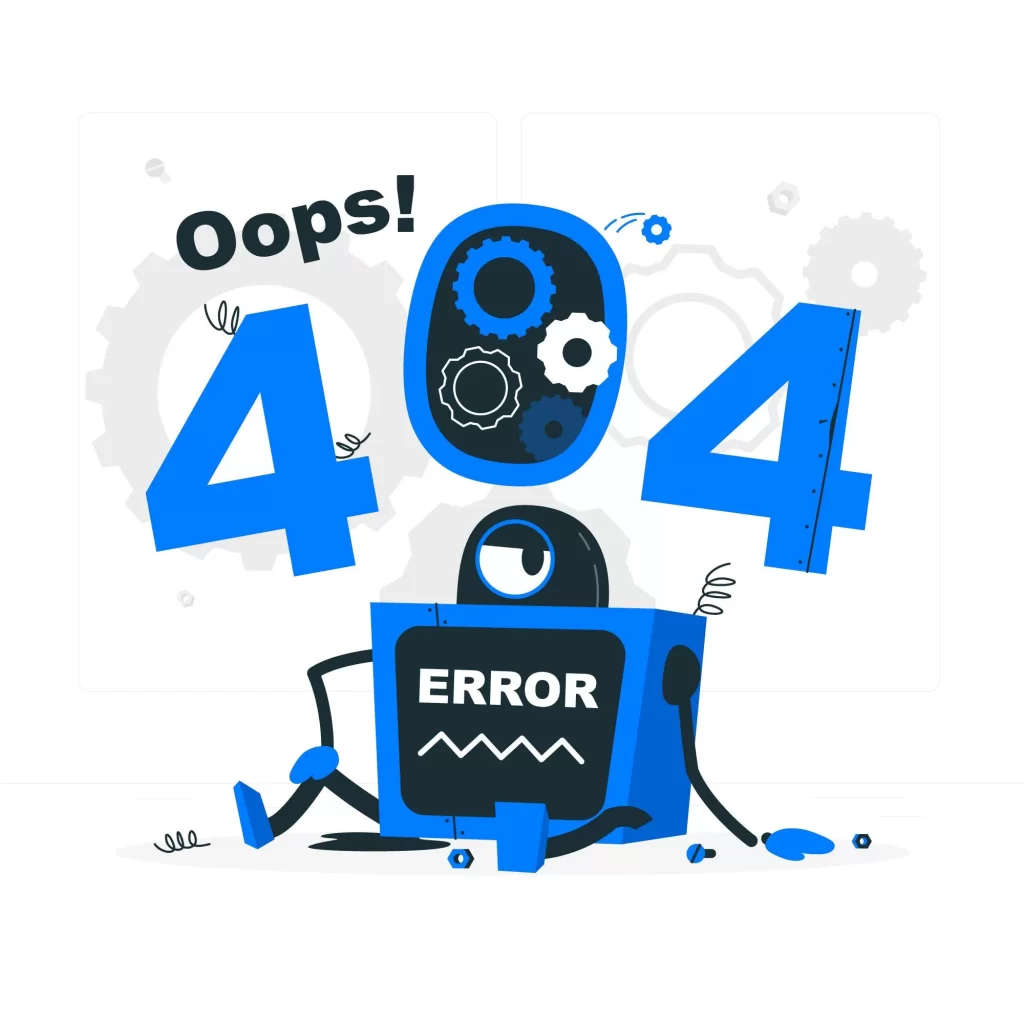
Wiring Done Right
404 Error – Page Not Found

Opps, looks like we did not locate the page you was looking for..
But, No worries, we have been moving things around a bit, so just go our home page, and locate the desired section and article that you desired.